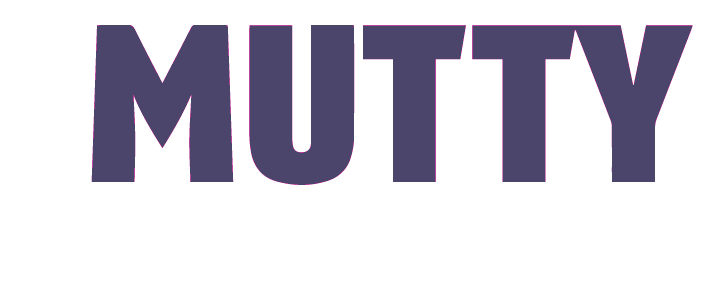WHAT TO TRAIN YOUR PUPPY? WHEN TO TRAIN YOUR PUPPY? Applies to rescue dogs also, and much of the content is applies to all training scenarios)
SETTLING IN PERIOD
Stress inhibits learning (and appetite) so your puppy may need some time to adjust to their new home after relocating.
FROM THE GET GO, REINFORCE WHAT YOU LIKE
Tune into unprompted behaviours you like, such as waiting patiently for their toy or food- and reinforce these. Try not to reinforce behaviours you don’t like.
Be aware that not reinforcing something is not the same as correcting something. You do not need to say ‘ahh ahh’, ‘down’, ‘off’ or ‘no’ to your puppy at any time in their life! These tend to be meaningless sounds unless you pair them up with something aversive (you scaring your puppy)- which may damage your relationship. Rather than react to undesired behaviour by correcting- try to prevent it happening in the first place.
CHIP, CHIP, CHIP AWAY- When your pup is able to focus for short durations start on your priority behaviours.
My priority behaviours for Mohawk are:
CONDITIONING HIS NAME- so he responds to me
FOOD MANNERS- so he practises self control
HANDLING (grooming)- so I can brush him easily and trim his nails (longterm)
HAND TARGET- so I can move him from A to B without picking him up
RECALL – so he stays under control on walks
“DROP” (using food and novel items as well as tug)- to prevent him eating dangerous items and letting go of ragging my clothes. It also helps develop self control
GETTING USE TO LEAD AND HARNESS- SMALL BITS OF LOOSE LEAD WALKING
SETTLE (inc standing settle on walks)- so he can stay calm and focused in certain contexts
Once these started to take shape (across approx 3-4 weeks) I raised criteria (made it more difficult, such as increasing the distraction level). This included self control around toys. I also added a couple more exercises in such as ‘stop’, ‘stay’ and auto-leave.
PROOFING & GENERALISATIONTo get your dog to respond to behaviours in all environments and contexts takes time. I would rather train my dogs a solid recall and ‘drop’ that works reliably than adding loads of novelty behaviours into the mix which dilutes the quality of training what really matters.
Unless you have a lot of time, a pup with endless motivation and focus, and you’re a whizz at training- the chance are you are best focusing your time and effort on what really matters.
If I could give puppy owners just five things to work on they would be: RECALL, “DROP”, LOOSE LEAD WALKING, HANDLING and SETTLE.
SOCIALISATION
– Drop your expectations for those first few walks, don’t overly cue your dog while their brain is preoccupied processing new information
– Once you see habituation (not reacting to ‘benign’ things in the environment) and confidence increase you can bring in training
– but identify where in the walk this will work (start, middle or end). It’s usually in the middle and towards the end if your pup isn’t too tired!
– Set your puppy up to succeed by not walking them in too stimulating environments. I street walk Mohawk about 3-4 times a week (out of 14!). I think pups benefit from less intense walks on a longline as often as possible.
-Walking your puppy on a longline more can help your loose lead walking succeed, as being consistent twice a day 7 days a week in a high distraction environment (the street) is challenging and will likely result in a high failure rate (partially due to trainer error from training fatigue).
– Gradually increase the distraction level around your puppy on walks, broken up with little ‘dog time’ breaks where you don’t verbally cue them and let them just explore and observe the world around them.
REMEMBER- If your dog fails to respond to you- this is a training issue. It is not because your dog is stupid, stubborn or manipulative.
You have either not trained the behaviour to the level you are asking of your dog (for e.g. asking them to ‘drop’ a chicken bone they’ve found when you’ve only taught it with a ball) or you need to problem solve with motivation (how can I get my dog to want to respond to me).
If you get stuck problem solving find an accredited trainer under the ABTC, APBC, CCAB or APDT who can help you!
